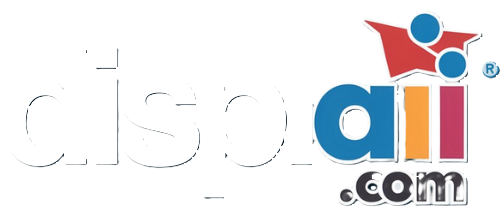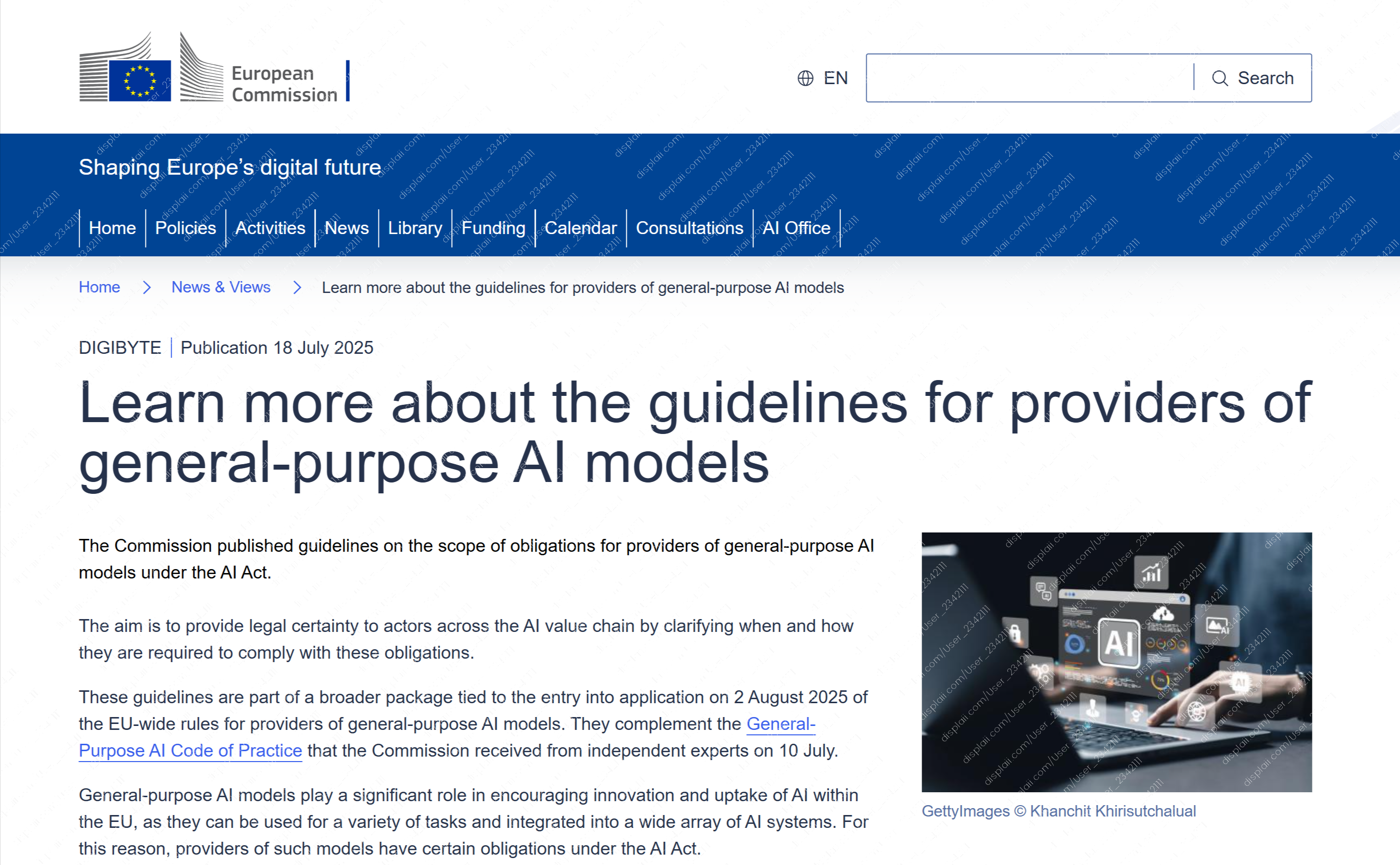The European Commission has recently released guidelines aimed at clarifying the obligations for providers of general-purpose AI (GPAI) models under the upcoming AI Act (https://digital-strategy.ec.europa.eu/en/news/learn-more-about-guidelines-providers-general-purpose-ai-models ). These guidelines are intended to ensure that these AI models adhere to principles of transparency and comply with EU and national copyright laws (https://digital-strategy.ec.europa.eu/en/policies/guidelines-gpai-providers ).
One of the key focuses of the guidelines is the assessment and mitigation of systemic risks associated with the deployment of advanced GPAI models, particularly those that could have significant societal impacts (https://artificialintelligenceact.eu/providers-of-general-purpose-ai-models-what-we-know-about-who-will-qualify/ ). By providing a clear framework, the Commission aims to offer legal certainty for all stakeholders involved in the AI value chain, detailing when and how these obligations will apply (https://bdva.eu/news/ec-released-guidelines-for-providers-of-general-purpose-ai-models/ ) (https://eulawlive.com/commission-publishes-guidelines-for-providers-of-general-purpose-ai-models-to-meet-ai-act-obligations/ ).
Overall, the guidelines represent a crucial step in regulating AI technologies within the EU, fostering responsible development while addressing potential risks associated with their use (https://www.integrin.dk/2025/07/19/assisting-general-purpose-ai-models-providers-new-guidelines/ ).
#GPAI #AIACT #EuropeanCommission #AIregulation #AIgovernance #SystemicRisk #Transparency #CopyrightLaw #LegalCertainty #ResponsibleAI #EUAIAct #AICompliance #AIethics
One of the key focuses of the guidelines is the assessment and mitigation of systemic risks associated with the deployment of advanced GPAI models, particularly those that could have significant societal impacts (https://artificialintelligenceact.eu/providers-of-general-purpose-ai-models-what-we-know-about-who-will-qualify/ ). By providing a clear framework, the Commission aims to offer legal certainty for all stakeholders involved in the AI value chain, detailing when and how these obligations will apply (https://bdva.eu/news/ec-released-guidelines-for-providers-of-general-purpose-ai-models/ ) (https://eulawlive.com/commission-publishes-guidelines-for-providers-of-general-purpose-ai-models-to-meet-ai-act-obligations/ ).
Overall, the guidelines represent a crucial step in regulating AI technologies within the EU, fostering responsible development while addressing potential risks associated with their use (https://www.integrin.dk/2025/07/19/assisting-general-purpose-ai-models-providers-new-guidelines/ ).
#GPAI #AIACT #EuropeanCommission #AIregulation #AIgovernance #SystemicRisk #Transparency #CopyrightLaw #LegalCertainty #ResponsibleAI #EUAIAct #AICompliance #AIethics
The European Commission has recently released guidelines aimed at clarifying the obligations for providers of general-purpose AI (GPAI) models under the upcoming AI Act (https://digital-strategy.ec.europa.eu/en/news/learn-more-about-guidelines-providers-general-purpose-ai-models ). These guidelines are intended to ensure that these AI models adhere to principles of transparency and comply with EU and national copyright laws (https://digital-strategy.ec.europa.eu/en/policies/guidelines-gpai-providers ).
One of the key focuses of the guidelines is the assessment and mitigation of systemic risks associated with the deployment of advanced GPAI models, particularly those that could have significant societal impacts (https://artificialintelligenceact.eu/providers-of-general-purpose-ai-models-what-we-know-about-who-will-qualify/ ). By providing a clear framework, the Commission aims to offer legal certainty for all stakeholders involved in the AI value chain, detailing when and how these obligations will apply (https://bdva.eu/news/ec-released-guidelines-for-providers-of-general-purpose-ai-models/ ) (https://eulawlive.com/commission-publishes-guidelines-for-providers-of-general-purpose-ai-models-to-meet-ai-act-obligations/ ).
Overall, the guidelines represent a crucial step in regulating AI technologies within the EU, fostering responsible development while addressing potential risks associated with their use (https://www.integrin.dk/2025/07/19/assisting-general-purpose-ai-models-providers-new-guidelines/ ).
#GPAI #AIACT #EuropeanCommission #AIregulation #AIgovernance #SystemicRisk #Transparency #CopyrightLaw #LegalCertainty #ResponsibleAI #EUAIAct #AICompliance #AIethics
0 Comments
·0 Shares
·183 Views





